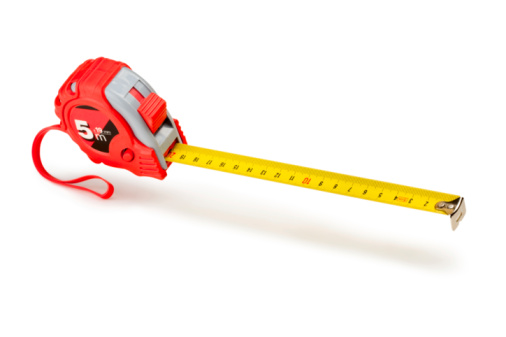The size of pallets differs from industry to industry. Some, such as the grocery industry, use a standard size. Others may favor a certain pallet size, but lack an industry wide standard, as is the case with the printing industry.
Industry Standards and Commonly Used Sizes
The grocery industry is the largest consumer of pallets in the United States. It’s most common footprint is the 48” x 40” pallet. It uses both stringer and block pallets to meet specific end user requirements. The stringer pallet loosely follows the GMA (Grocery Manufacturers Association) standard. It is 48 x 40” and has partial four-way entry. The block pallet typically follows the standard of the pallet rental companies. It is also 48 x 40” and has full four-way entry. Packaging, palletizing, warehousing and transportation are set up to utilize pallets of this size. Conformity with the industry enables the movement of goods between manufacturers, distribution centers and storefronts.
The chemical industry has several pallet size standards, which are labeled CP-1 through CP-9, which were established by the Association of Plastics Manufacturers in Europe. In North America, the chemical industry most frequently uses CP-1, 2, 3, 6, 8, and 9. The pallet type selected depends in large part on whether the initial product is packed in drums, super sacks, boxes or bags.
Two other industries with common pallet sizes are the printing industry and the roofing industry. The printing industry typically uses 40″ x 48″ stringer pallets, although printing companies will use other sizes as well. The same goes for the roofing industry. The typical size is 37″ x 37″, but there is pallet size flexibility depending on the specifics of the unit load, palletizer and storage requirements.
Considerations When Choosing a Pallet Size
Depending on the industry, there may be pallet-sizing standards that must be strictly adhered to. Most industries, however, have some amount of flexibility in this area. The pallet size that works most effectively will not only depend upon these standards, but also upon the specifics of the unit load. The way that the palletizer interfaces with the pallets, as well as the intended method of storage should all be considered when selecting pallet size. These variables can be readily analyzed by the Pallet Design System to come up with the optimal pallet size for the intended use.
